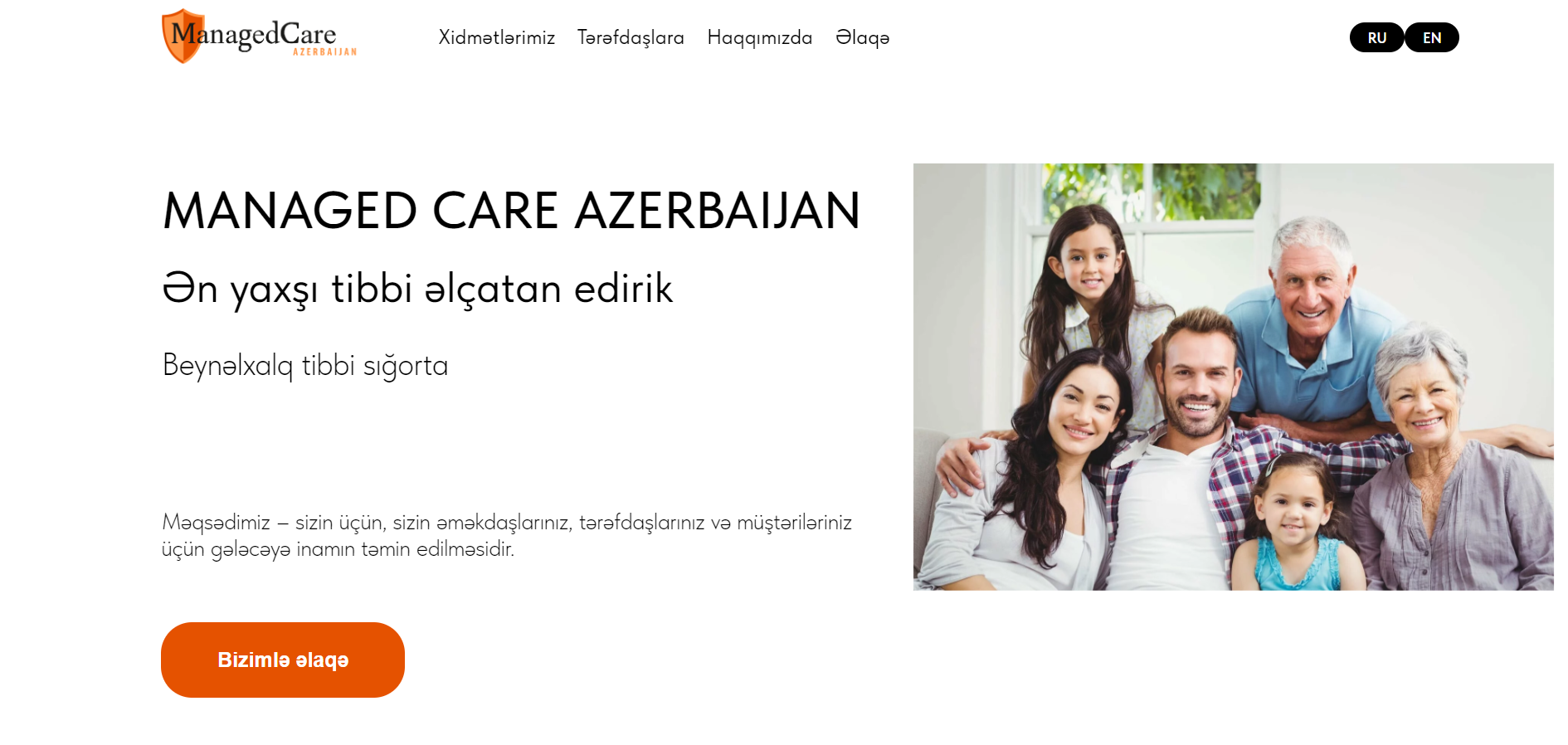Startup designers often work with limited budgets, yet these constraints can inspire innovative design techniques. Start by clearly defining the app’s core objectives; understanding these goals helps prioritize design tasks. Utilize free or low-cost tools such as Canva and Figma to maximize your budget and productivity. Collaboration among team members fosters creative solutions, especially when working closely with marketing and development.
Adopt a minimalist design approach to streamline your app’s interface. Rapid prototyping with tools like InVision allows for quick testing, enabling you to gather user feedback early. Incorporate user insights at each stage of the design process to ensure your app meets audience expectations. Collaborate with design students for fresh perspectives, often at lower costs.
Educate stakeholders on the importance of quality design, using data to justify budget allocations. Regularly assess your design processes for efficiency; identifying bottlenecks can lead to significant time savings. Stay informed about current design trends and engage with the design community for inspiration.
Encourage brainstorming sessions to stimulate creativity within your team. Use analytics to guide design decisions, prioritizing features that enhance user experience. Create a design system to maintain consistency and streamline workflows, improving overall efficiency.
Engage in regular user testing to validate design choices early on, preventing costly redesigns later. Promote a culture of experimentation within your team, where exploring new ideas is encouraged. Seek inspiration from diverse fields, enriching your design work and broadening your perspective.
Evaluate design decisions against user experience goals, ensuring each element contributes positively. Foster open communication within the team to enhance collaboration and drive innovation. Utilize social media to connect with other designers for feedback and insights.
Consider scalability in your design approach, allowing for future growth. Celebrate small wins and achievements to boost team morale. Finally, maintain flexibility throughout the design process, adapting to new information or user feedback.



